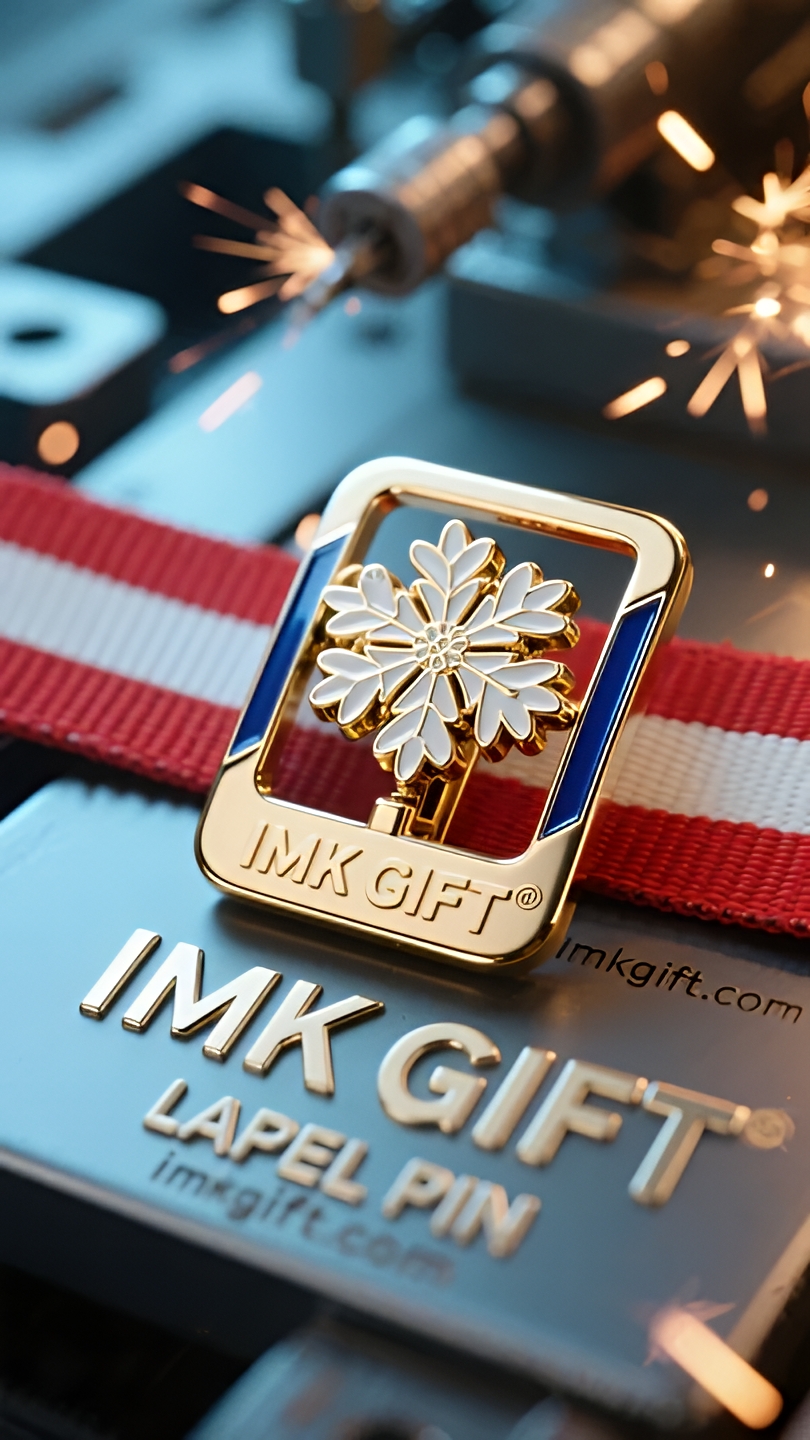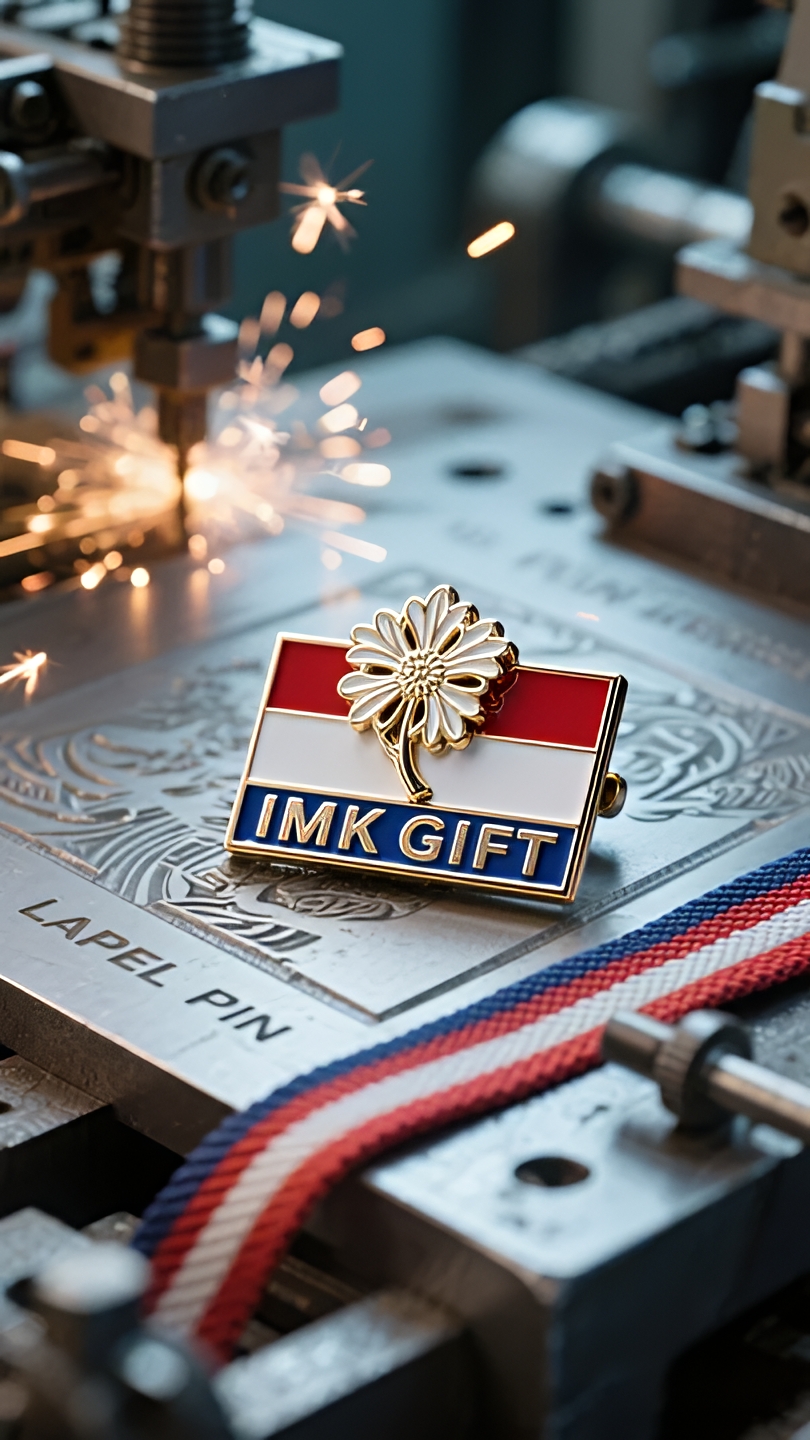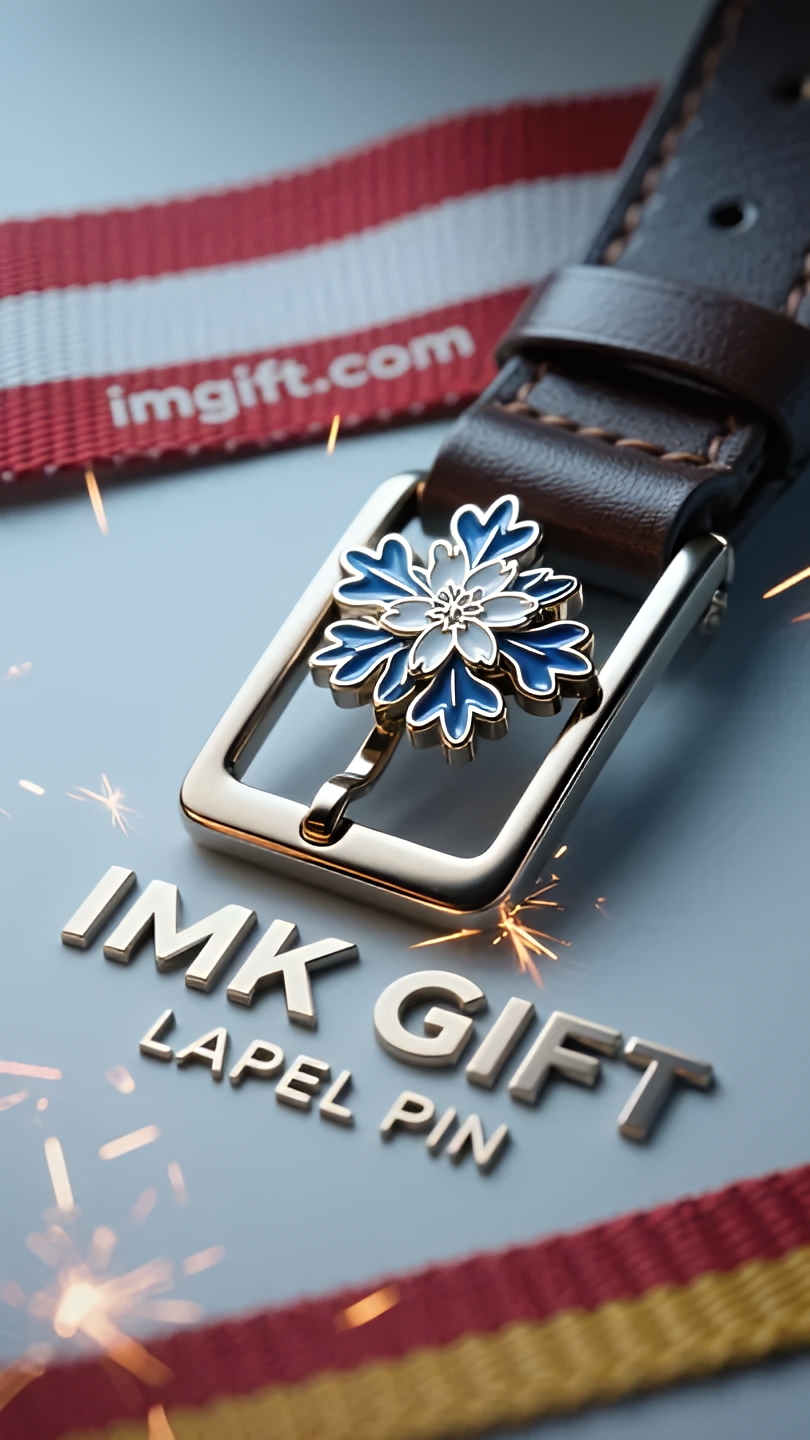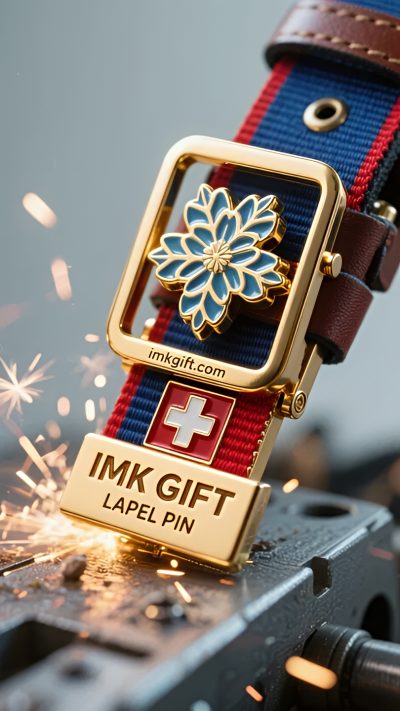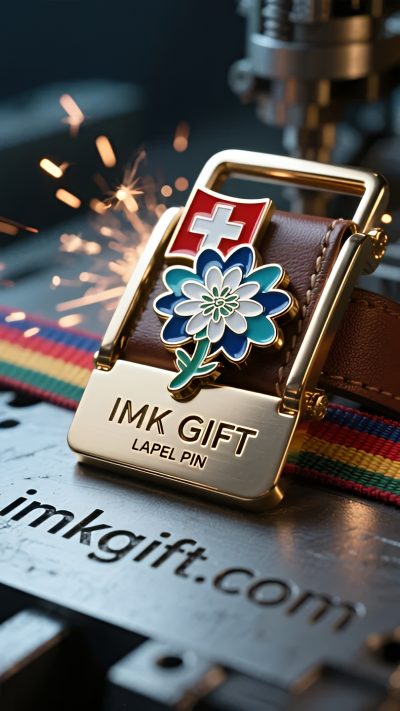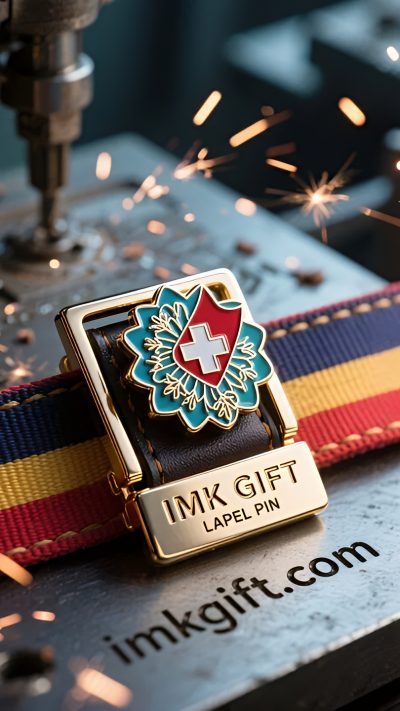in987-Rot-weiße-Gelübde-auf-dem-Edelweiß-Button
▼
Im Morgenlicht der Alpen bilden die rot-weiße Flagge Österreichs und das Edelweiß gemeinsam das spirituelle Totem der Nation. Wenn die Österreicher in diesem Monat zum Gedenken an die Geschichte des Alpenkorps traditionelle Edelweiß-Gürtelschnallen tragen, sind Metall und Leder nicht nur mit Verzierungen umwickelt, sondern auch mit jahrhundertealter Überlebensweisheit. Die Edelweiß-Gürtelschnalle wurde im 19. Jahrhundert von der Kaiserlichen Legion geschaffen. Die sechsblättrige silberne Blume trägt das rot-weiße Emaille und verdichtet das Farbspektrum der Nationalflagge auf kleinem Raum zu einem Emblem. Dieser praktische Gegenstand, der ursprünglich aus der Hüfte der Förster stammte, entwickelte sich nach und nach zu einem konkreten Träger des Alpengeistes. Die Zacken an den Rändern der Blütenblätter symbolisieren die Hartnäckigkeit, gefährliche Gipfel zu bezwingen, und der hervorstehende Adler in der Mitte deutet auf die scharfen Augen hin, die das Heimatland beschützen. Wenn die Bergbewohner die Gürtelschnallen an ihre Nachkommen weitergeben, vermitteln sie damit die Lebensphilosophie „Aufblühen in verzweifelten Situationen“. Für die heutigen Österreicher ist dieses traditionelle Ornament noch immer ein bewegendes Denkmal. Bevor sie losfahren, streichen Skifahrer stets über die Muster auf ihren Gürtelschnallen, als würden sie beim Klettern durch Schnee und Felsen die Wärme der Handflächen ihrer Vorfahren spüren. Wenn Musiker im Goldenen Saal die Bühne betreten, reflektiert die silberne Schnalle um ihre Hüften das Bühnenlicht wie das nie verlöschende Sternenlicht über der Schneegrenze. Die auf der Metalloberfläche fließenden roten und weißen Farben sind nicht nur eine konkrete Erweiterung der Nationalflagge, sondern auch eine flüssige Manifestation des Nationalcharakters: Die Reinheit des Schnees und die Hitze des Feuers verschmelzen hier. Wenn die Bergbrise über den Innsbrucker Kirchturm weht, erinnert uns das silberne Licht der Edelweißknöpfe immer daran, dass der wahre Ruhm nicht oben liegt, sondern in jedem Handabdruck, der beim Aufstieg die Erde berührt. Dieser Eid, der Eis und Schnee überquert, wartet darauf, von den tapferen Männern der neuen Ära zu helleren Glanz zu verhelfen.
In the morning light of the Alps, Austria’s red and white flag and edelweiss together weave the spiritual totem of the nation. This month, when Austrians wear traditional edelweiss belt buckles to commemorate the history of the Alpine Corps, the metal and leather are wrapped with not only decoration, but also survival wisdom that spans centuries. The edelweiss belt buckle was born in the 19th century Imperial Corps. The six-petal silver flower holds up the red and white enamel, condensing the national flag color spectrum into an emblem in a small space. This practical object originated from the waist of the forest ranger and gradually evolved into a concrete carrier of the Alpine spirit. The serrations on the edge of the petals symbolize the tenacity of conquering the dangerous peaks, and the eagle protruding in the center implies the sharp eyes of protecting the homeland. When the mountain people pass on the belt buckle to their descendants, they convey the philosophy of life of “blooming in desperate situations”. Contemporary Austrians still regard this traditional ornament as a moving monument. Before setting off, skiers always stroke the lines on their belt buckles, as if they were feeling the warmth of their ancestors’ hands while climbing the snow; when musicians take the stage in the Golden Hall, the silver buckle on their waists reflects the stage lights, like the everlasting starlight above the snow line. The red and white colors flowing on the metal surface are not only a concrete extension of the national flag, but also a liquid manifestation of the national character: the purity of snow and the heat of fire blend together. When the mountain wind blows over the bell tower of Innsbruck, the silver light of the edelweiss buckle always reminds us that the real glory is not at the top, but in every handprint that clings to the earth during the climb. This oath that crosses the ice and snow is waiting for the brave men of the new era to give it a brighter luster.
在阿尔卑斯山脉的晨光中,奥地利的红白双色旗与雪绒花共同编织着民族的精神图腾。这个月,当奥地利人佩戴传统雪绒花皮带扣纪念高山军团历史时,金属与皮革包裹的不仅是装饰,更是穿越世纪的生存智慧。
雪绒花皮带扣诞生于19世纪帝国军团,六瓣银花托起红白珐琅,将国旗色谱凝练为方寸间的徽记。这种源自护林人腰间的实用物件,逐渐演变为阿尔卑斯精神的具象载体——花瓣边缘的锯齿象征着征服险峰的坚韧,中心凸起的雄鹰则暗示着守护家园的锐利目光。当山民们将皮带扣传给子嗣,传递的是”在绝境中绽放”的生命哲学。
当代奥地利人仍将这种传统饰物视作移动的纪念碑。滑雪运动员启程前总要轻抚皮带扣的纹路,仿佛触摸着先辈踏雪攀岩的掌温;音乐家在金色大厅登台时,腰间的银扣折射着舞台灯光,宛如雪线之上永不熄灭的星光。红白双色在金属表面流淌,既是国旗的具象延伸,更是民族性格的液态显影:如雪的纯粹与烈火的炽热在此交融。
当山风掠过因斯布鲁克的钟楼,雪绒花扣的银光始终提醒着:真正的荣耀不在巅峰,而在攀登时每个紧扣大地的手印。这枚穿越冰雪的誓言,正等待新时代的勇者赋予它更璀璨的光泽。
▼
Contact Us
📞 Tel: +0086-760-85286839
📧 Email: sales3@imkgift.com

